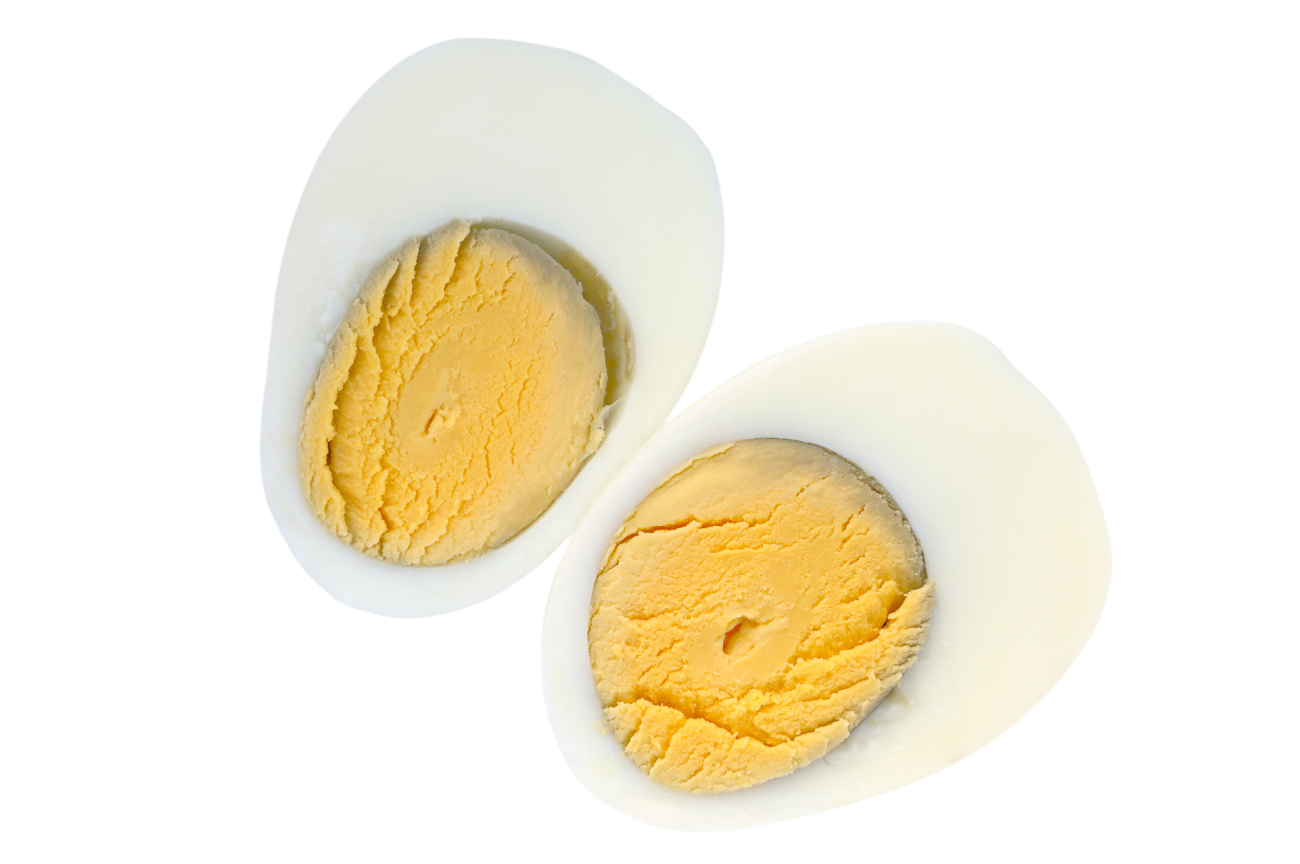Whether you’re gearing up for a game day or prepping for an outdoor party, hard-boiled eggs always make their way onto the menu spread. Even though making hard-boiled eggs is simple, it is equally simple to mess up. More often than not, hard boiled eggs have this unappealing green ring around the yolk. Just how can you avoid this common hard boiling pitfall?

The biggest problem with hard boiled eggs is that unappealing green color. This discoloration happens more often than you think, but you may not visibly see it all of the time. It’s a natural chemical reaction that happens when the traces of iron in the yolk interact with the hydrogen sulfides found in the white part of the egg. This interaction always occurs, but when the egg is cooked for an extended period, this discoloration becomes more visible.

Certain variables impact color. A good tip is to use a big enough saucepan because you want the eggs to boil in a single layer. Stacking eggs in a pot can lead to inconsistent temperature variations, which can result in uneven and overcooked eggs.
Not all eggs are created equal — at least under the eyes of time. Once you start boiling the eggs, know that egg sizes affect the cooking time of the eggs — nine minutes for medium eggs and around twelve minutes for large eggs.

But the most important factor boils down to freshness. When eggs are nearing their expiration date, this green discoloration becomes more pronounced because the pH of the egg white changes. The more alkaline an egg is, the more unpleasant discoloration happens in a shorter duration of time. This means that if you cook not-so-fresh eggs within the proper hard boiling time and temperature, your rate of discoloration increases.

Your surefire way to get the best results comes from having fresh eggs. You can overcook a fresh egg and still not produce that green-gray color. Yet the same isn’t true for older eggs which will discolor even within the allotted cooking time. Discoloration isn’t the only reason to opt for fresh eggs. Older eggs also have a bigger air sac inside, which also creates an unappealing flat or concave bottom. Fresher eggs are more likely to have a centered egg yolk, which is certainly more appealing for visual dishes like deviled eggs.
If you feel inspired to try out these tips, there are plenty of recipes using hard boiled eggs here.













